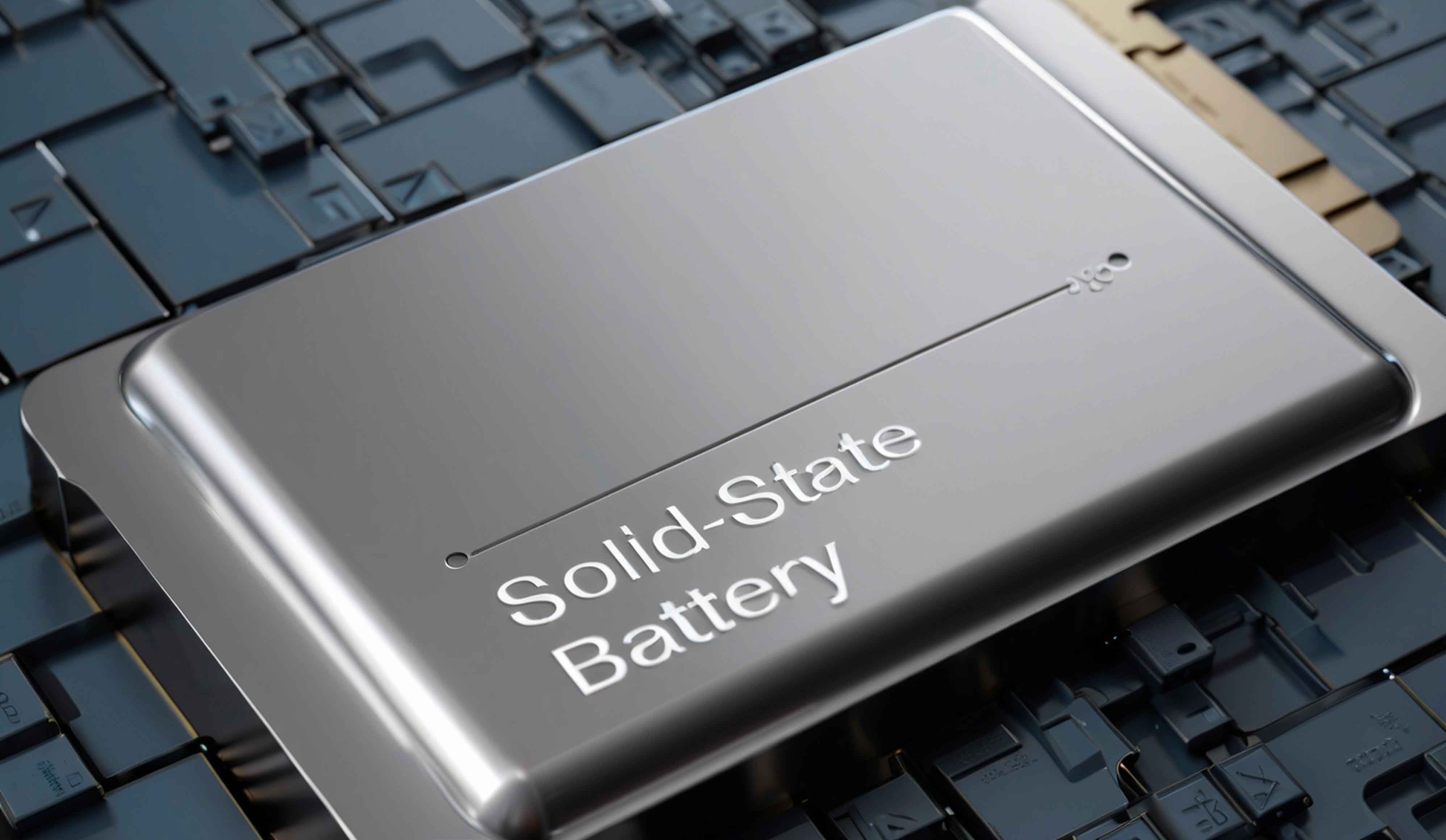Solid-state battery (SSBs) have emerged as a transformative energy storage technology, offering unparalleled advantages such as high energy density, wide operating temperature ranges, and enhanced safety compared to conventional lithium-ion batteries. Among various solid electrolytes, sulfide-based materials like Li₁₀GeP₁₂S₂ (LGPS) stand out due to their ultrahigh ionic conductivity (~10⁻³ S cm⁻¹). However, the thermal stability of LGPS-based solid-state battery under high-energy-density configurations remains underexplored. This study systematically investigates the thermal runaway mechanisms of LGPS in combination with high-nickel cathodes (LiNi₀.₉₂Co₀.₀₄Mn₀.₀₄O₂, NCM92) and silicon carbide (SiC) anodes, providing critical insights for material selection and safety optimization.

Experimental Framework and Methodology
The thermal behavior of LGPS, NCM92, and SiC was analyzed using advanced characterization techniques:
- Differential Scanning Calorimetry (DSC) quantified heat generation during heating (50–500°C).
- Simultaneous Thermal Analysis-Mass Spectrometry (STA-MS) monitored gas evolution (O₂, SO₂).
- Scanning Electron Microscopy (SEM) with Energy-Dispersive Spectroscopy (EDS) mapped elemental distribution.
- X-ray Diffraction (XRD) and X-ray Photoelectron Spectroscopy (XPS) identified reaction products.
Samples were prepared by mixing LGPS with NCM92 or SiC in a 1:2 weight ratio. Thermal tests were conducted under inert atmospheres to prevent oxidation.
Thermal Degradation Mechanisms
1. Phase Transitions and Oxygen Release in NCM92
At 200°C, the NCM92 cathode undergoes a structural phase transition from layered to spinel, releasing oxygen (O₂) as described by:LiNi0.92Co0.04Mn0.04O2→LixNi0.92Co0.04Mn0.04O2+ΔO2↑LiNi0.92Co0.04Mn0.04O2→LixNi0.92Co0.04Mn0.04O2+ΔO2↑
DSC revealed an exothermic peak at 232.8°C with a heat release of 123.3 J/g (Table 1). STA-MS confirmed O₂ evolution but minimal SO₂ production, indicating limited sulfide-electrolyte oxidation at this stage.
Table 1: Thermal Properties of NCM92 and LGPS Mixtures
| Material | Onset Temp (°C) | Peak Temp (°C) | Heat Release (J/g) |
|---|---|---|---|
| NCM92 | 213 | 232.8 | 123.3 |
| LGPS + NCM92 | 213 | 232.3 | 106.8 |
| LGPS + NCM92 (310°C) | 310 | 310–500 | 252 |
2. High-Temperature Reactivity of LGPS and NCM92
Above 310°C, LGPS and NCM92 mixtures exhibit violent exothermic reactions, forming metal oxides (NiO), sulfides (NiₓSᵧ), and phosphates (Li₃PO₄). The reaction kinetics follow the Arrhenius equation:k=A⋅e−EaRTk=A⋅e−RTEa
where EaEa is the activation energy, RR the gas constant, and TT the temperature. The total heat release reached 252 J/g (50–500°C), surpassing the standalone NCM92 phase transition. XRD and XPS confirmed the formation of Ni-S bonds and PO₄³⁻ groups (Figure 5).
3. Stability of LGPS with SiC Anodes
In contrast to NCM92, SiC anodes showed minimal reactivity with LGPS. DSC curves for SiC/LGPS mixtures exhibited no significant exothermic peaks, with heat release primarily attributed to SiC oxidation (Figure 3). This highlights the superior compatibility of SiC with sulfide electrolytes at elevated temperatures.
Critical Findings and Implications
- Temperature-Dependent Failure Modes:
- <260°C: NCM92 phase transitions dominate, with limited LGPS interaction.
- 310–500°C: LGPS decomposes, reacting with NCM92 to form hazardous compounds.
- Gas Evolution Dynamics:
- O₂ release from NCM92 triggers secondary reactions at high temperatures.
- SO₂ generation remains negligible below 300°C but escalates above 310°C.
- Material Compatibility:
- NCM92/LGPS interfaces are thermodynamically unstable, whereas SiC/LGPS systems remain inert.
Mathematical Modeling of Thermal Runaway
The heat generation rate (Q˙Q˙) in solid-state battery can be modeled as:Q˙=∑ΔHi⋅dαidtQ˙=∑ΔHi⋅dtdαi
where ΔHiΔHi is the enthalpy change and αiαi the extent of reaction ii. For LGPS/NCM92 mixtures, Q˙Q˙ peaks at 310°C due to synergistic decomposition.
Practical Recommendations for Solid-State Battery Design
- Cathode Optimization: Stabilize high-nickel cathodes via doping or coatings to suppress oxygen release.
- Electrolyte Engineering: Develop LGPS derivatives with higher decomposition thresholds.
- Thermal Management: Integrate phase-change materials to dissipate heat during exothermic events.
Conclusion
This study elucidates the thermal degradation pathways of LGPS-based solid-state battery, emphasizing the critical role of cathode-electrolyte interactions. While SiC anodes demonstrate robust thermal stability, NCM92 cathodes pose significant safety risks above 310°C. Future work should focus on interfacial engineering and advanced thermal management systems to harness the full potential of solid-state battery.
